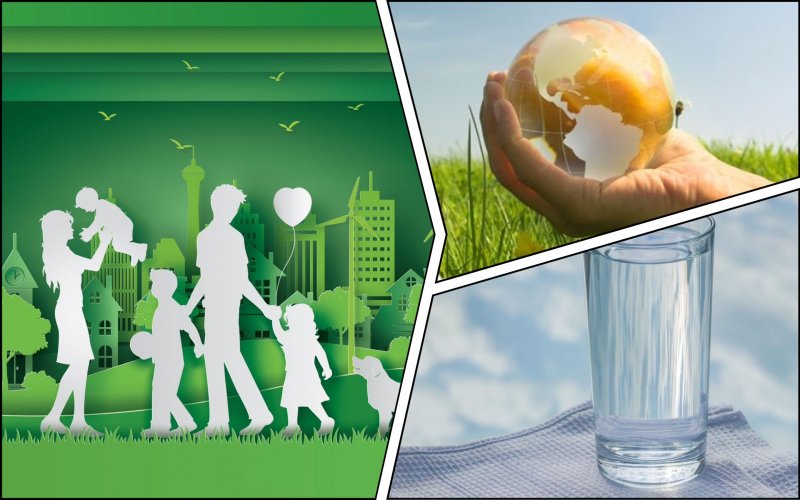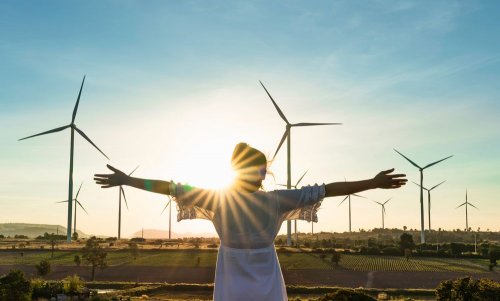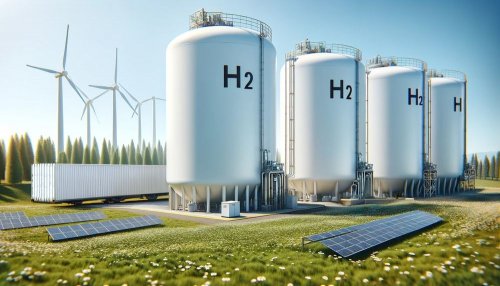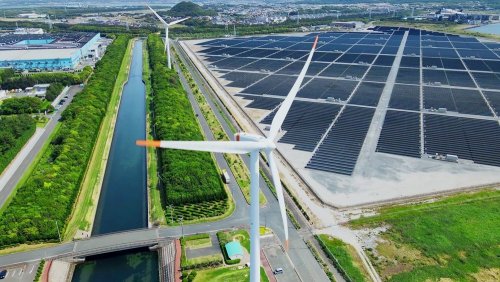2023 was another year of successful development of innovative technologies that can accelerate the green transition, help overcome the climate crisis, and promote sustainable development. These projects help to reduce the carbon footprint and improve environmental health, as well as offer effective solutions to seemingly "hopeless" situations.
EcoPolitic has prepared for its readers the TOP 5 green technologies of 2023.
-
Drinking water from the air;
The American company SOURCE has developed the Hydropanel R3, the world's first technology that allows you to get drinking water from the air. One hydropanel measuring 121 by 183 cm in a temperate climate can produce about 90 liters of clean water per month.
The hydro panel is powered by solar energy in an autonomous mode and can create water almost anywhere in the world. Using solar energy, the R3 sucks in air and collects moisture, which is then condensed and mineralized for normal quality and taste. The water is stored in a special reservoir ready for use. In addition, the hydro panel does not require professional skills to operate.
The project will be able to help people in vulnerable regions and reduce their carbon footprint by saving 51,000 plastic bottles over its lifetime.
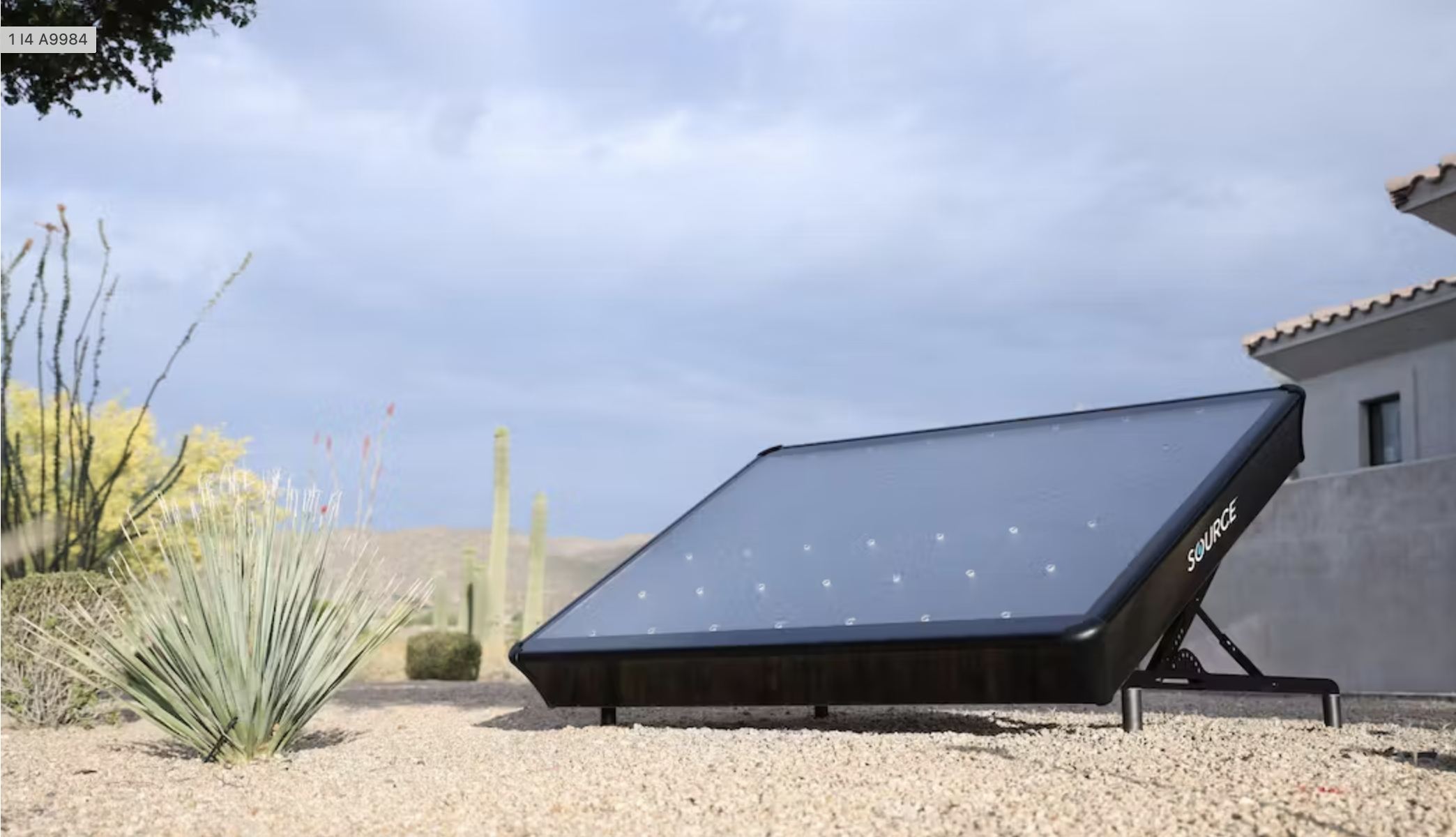
wqpmag.com
-
Windows-SPP
Australian technology company ClearVue PV has developed a transparent glass solar panel. Unlike traditional solar panels, which require specific placement and sometimes alter the aesthetics of buildings, solar glass does not affect architectural design. In addition, they can be used in the agricultural industry and electric cars.
The technology is based on micro- and nano-particles that are embedded in glass. They direct solar energy to the edges where the photovoltaic cells that generate electricity are located.
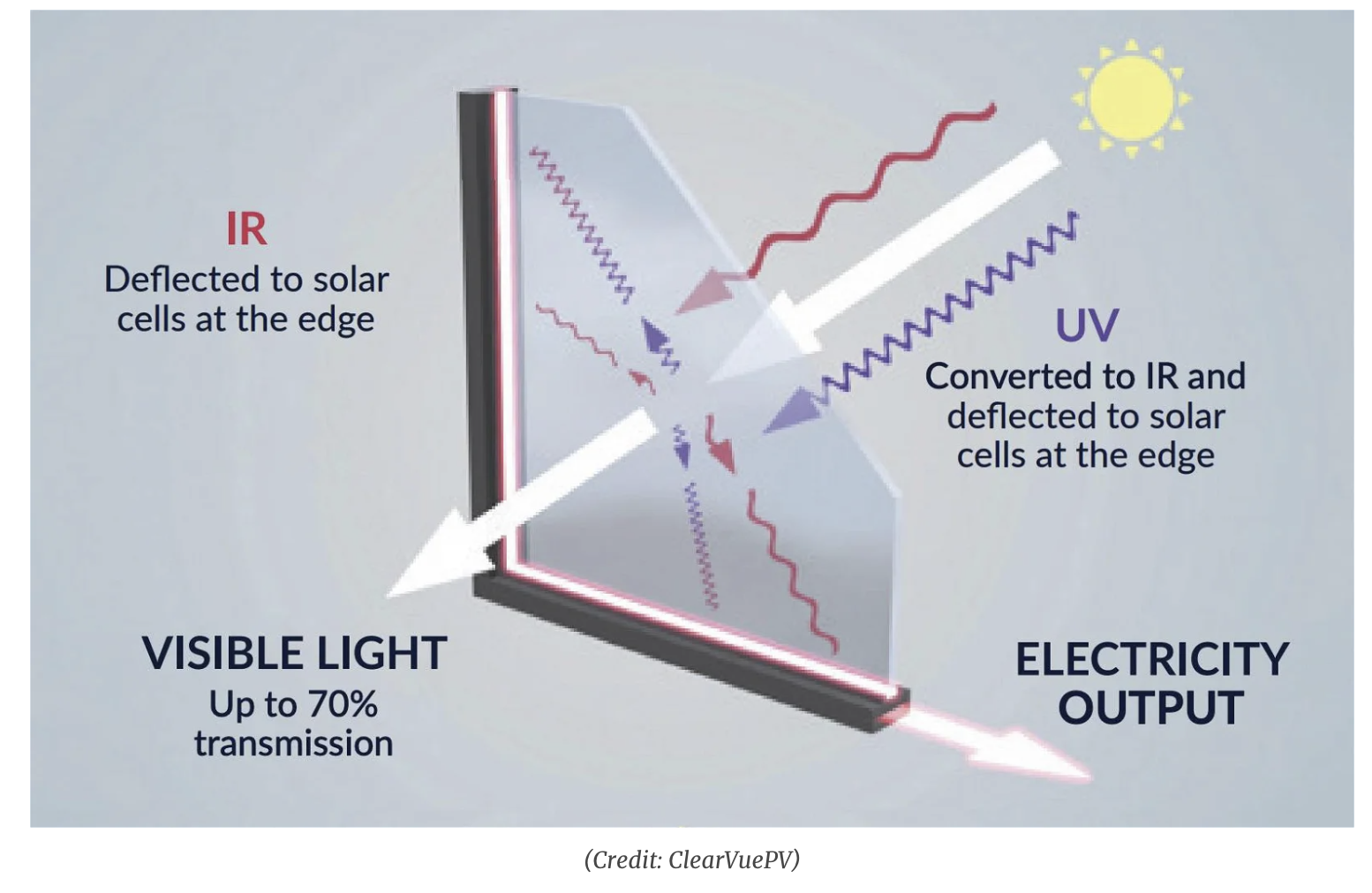
Such SPP can transmit up to 70% of visible light and generate about 30 W per m2. During tests in a greenhouse, such panels produced up to 19 kWh of electricity per day, i.e. provided about 40% of energy needs.
-
Processing of wind turbine blades;
The Danish wind giant Vestas invented chemical solution, which can degrade the strong epoxy resin of wind turbine blades. After all, at the end of their service life, shovels end up in landfills, which poses a real threat to the sustainable development of the industry.
Vestas believe that this will usher in a new era for the wind industry.
-
Gravity battery;
Swiss startup Energy Vault has built and launched the world's first 25MW/100MWh gravity battery in China to conserve green energy. The battery is located near Shanghai, next to a powerful wind farm. A similar battery is being built in Texas, USA.
These batteries can store energy with over 80% round-trip efficiency with minimal auxiliary consumption. The operation of the battery is based on the conversion of potential energy into electricity. So a special crane, powered by green energy, lifts a block of composite material high up. When the energy needs to be released, the block will descend under the influence of gravity and pull the cables that rotate the turbines to generate energy.
The battery in China was launched in August, and in November the country's government signed an agreement with the company on the construction of five more gravity systems energy storage.
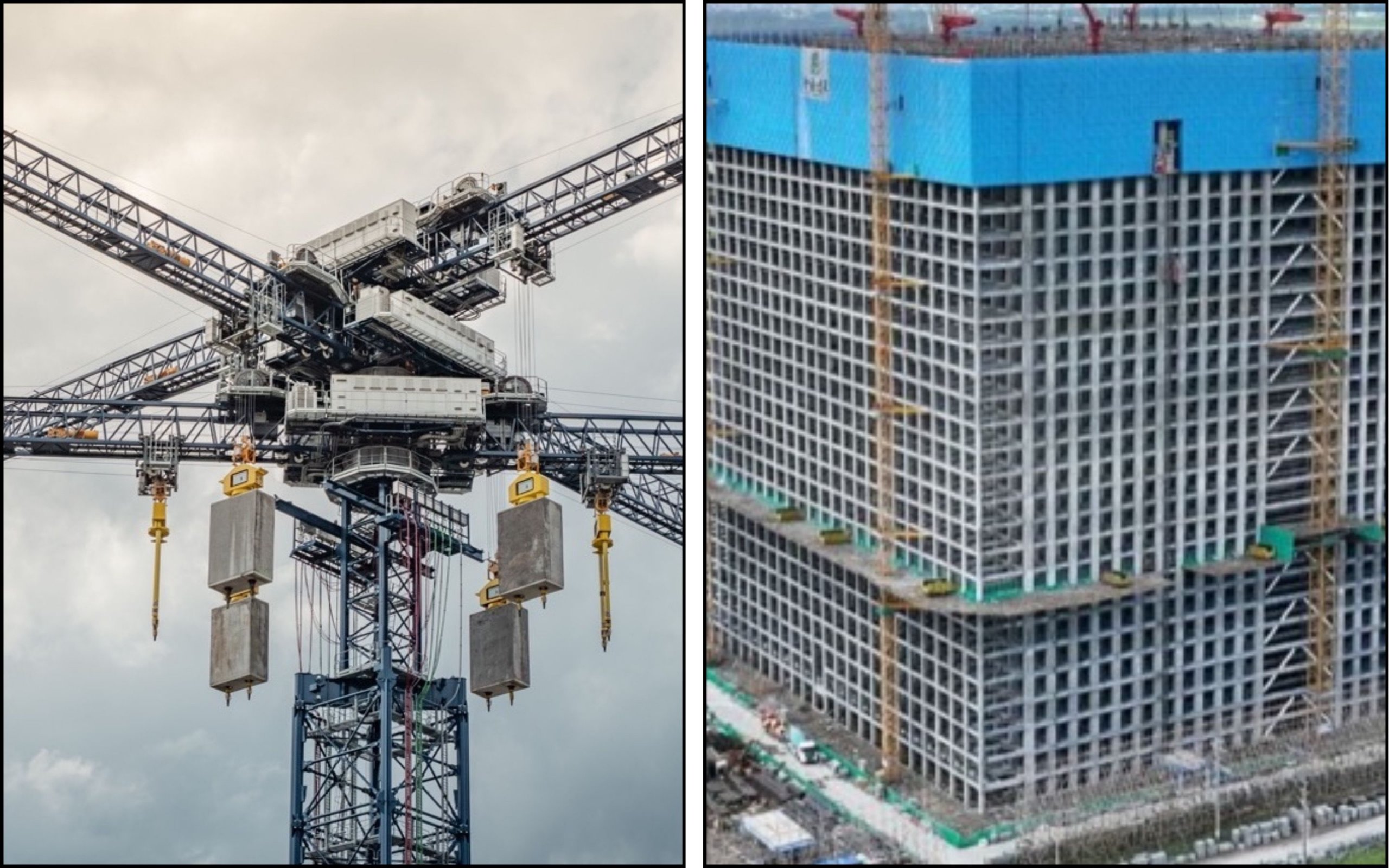
-
Green steel without hydrogen.
Israeli space startup Helios has invented a new way to produce steel by burning sodium. Such a technology can halve energy consumption and completely eliminate direct carbon emissions.
The technology involves heating sodium under certain conditions to 400°C to separate oxygen from iron in the ore and form sodium oxide. After heating to 500°C, the sodium is recovered and the cycle can be repeated. During traditional steel smelting, coal must be heated to 1400°C. Helios will demonstrate the capabilities of the technology in 2024 at the first pilot plant.
Another method was invented by the American company Boston Metal based on the electrolysis of a mixture of iron oxide with a number of other oxides. The process resembles a battery with a positively charged anode and a negatively charged cathode that direct the flow of electricity.
After the final development of the technology, it will be possible to produce tin, niobium and tantalum in this way from metals that are considered waste from the mining process.
These achievements are not officially ranked, but are at the forefront of developing innovative solutions to fight climate change and solve pressing environmental problems. In addition, they inspire other inventors to develop and implement solutions that will usher in a new era for humanity.

